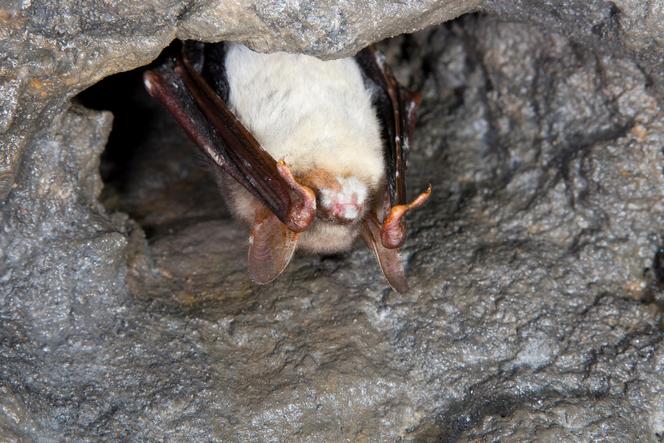

One of the last mysteries of "white-nose syndrome," which has been decimating bats in the United States since the winter of 2006-2007, has been solved. A European team, whose study was published in the May 28 issue of the journal Nature, has discovered that the fungus responsible for this epidemic was a double agent from Ukraine.

Let's go back to that American winter. Thousands of bats were dying during hibernation in caves in the northeastern United States. Their snouts and wings were covered with a powdery white mold. This was just the beginning of white-nose syndrome, which "caused one of the highest disease-driven death tolls documented in nonhuman mammals," explained the study. Colonies were decimated and some bat species were even threatened with extinction.
The mass die-off triggered a chain reaction. A study published in Science in September found that, in response to the collapse of these insect-eating populations, farmers in affected counties used more insecticides, which in turn led to a rise in infant mortality over several years.
The culprit was quickly identified: Pseudogymnoascus destructans is a fungus found in Europe and Asia. Adapted to life in darkness, it feeds on the skin of bats.
You have 72.28% of this article left to read. The rest is for subscribers only.
